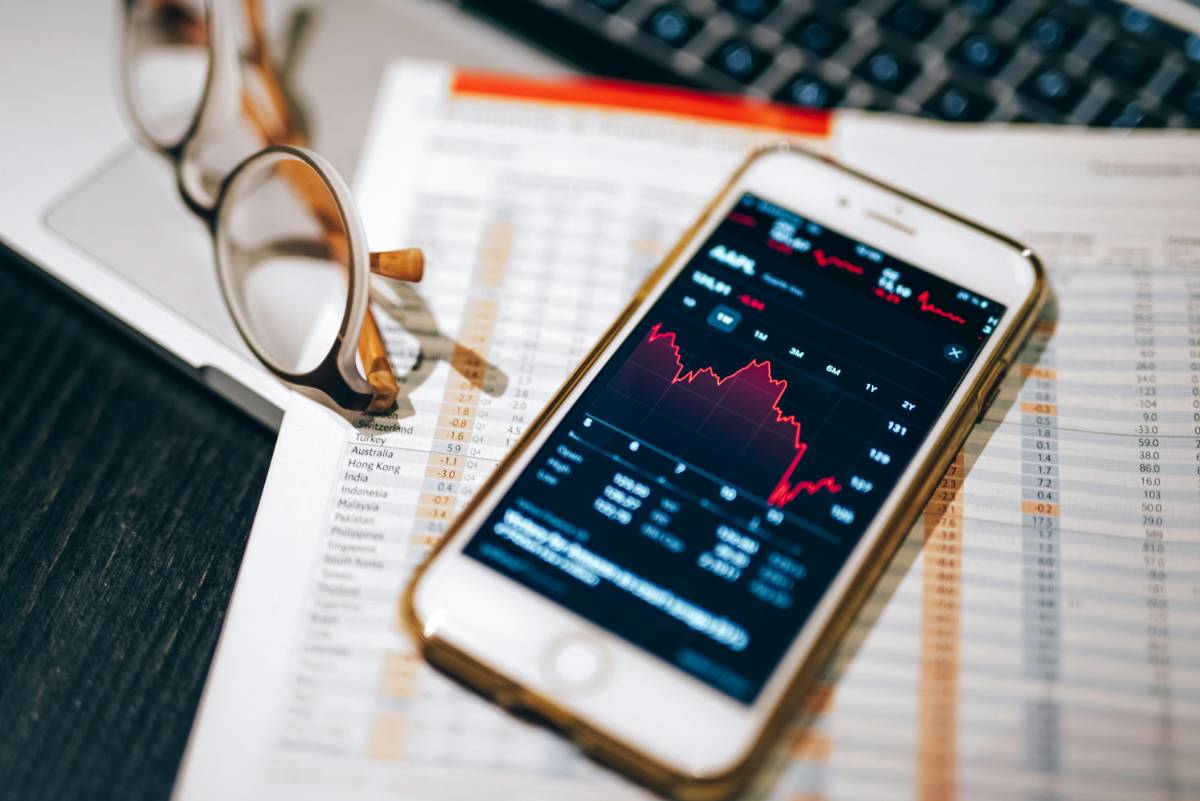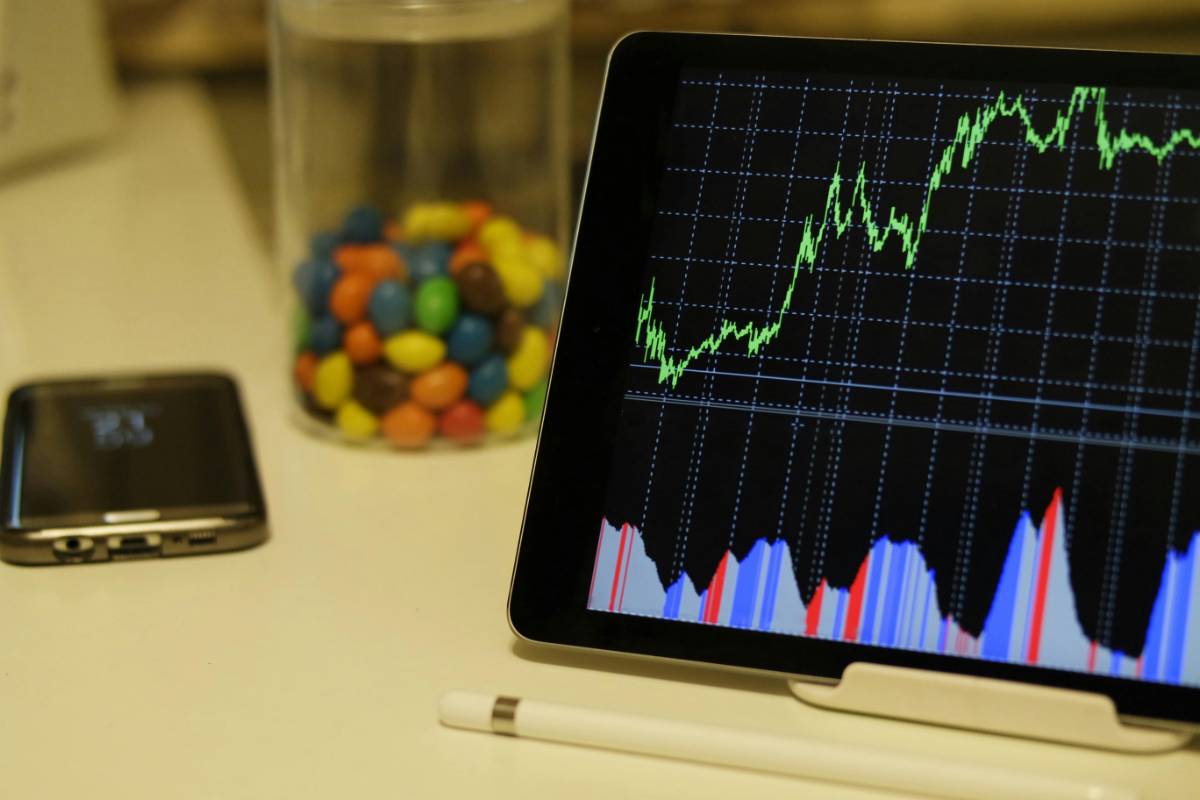
The Pros and Cons of Investing in Gold and Precious Metals
 By Samantha Lee
By Samantha LeeInvesting in gold and precious metals has long been considered a safe haven, especially during periods of economic uncertainty. Precious metals such as gold, silver, platinum, and palladium have a history of retaining their value and even appreciating during times of market volatility. However, like any investment, they come with their own set of pros and cons. In this article, we’ll explore the advantages and disadvantages of investing in gold and other precious metals.

The Pros of Investing in Gold and Precious Metals
Gold and other precious metals have been valued for thousands of years. Below are some key advantages of investing in them:
Hedge Against Inflation: Gold is often seen as a hedge against inflation. As the value of paper currency decreases, the price of gold tends to rise, making it a reliable store of value.
Diversification: Precious metals can diversify your investment portfolio. They typically do not correlate directly with the performance of stocks or bonds, which can help reduce overall portfolio risk.
Safe Haven Investment: During times of economic instability, geopolitical tension, or market downturns, precious metals are often seen as a safe investment, as their value remains relatively stable or even increases.
Long-Term Value: Historically, gold and precious metals have maintained their value over the long term. They do not lose value due to currency devaluation or economic cycles in the same way that paper assets do.
The Cons of Investing in Gold and Precious Metals

Despite their many benefits, investing in gold and precious metals also has some drawbacks. Here are some of the key cons to consider:
Volatility: While gold is often seen as a stable investment, its price can be volatile in the short term. Fluctuations in market demand, geopolitical events, or interest rates can affect the price of gold and other precious metals.
No Yield: Unlike stocks or bonds, gold and precious metals do not generate any income, such as dividends or interest. This makes them less appealing for income-seeking investors.
Storage and Security: Physical gold and other precious metals need to be securely stored. This can involve purchasing a safe, renting a safety deposit box, or using a third-party custodian. There are also potential costs and risks associated with storing precious metals.
You might also like
1. The Impact of Inflation on Personal Finances2. Options Trading Strategies: Calls, Puts, and Spreads Explained3. How to Save on Health Insurance Costs: Tips for Families and Individuals4. Budgeting for Beginners: How to Start and Stick to ItLiquidity Issues: While gold is highly liquid, converting physical precious metals into cash quickly can be more challenging than selling stocks or bonds. Additionally, selling gold may involve fees or commissions.


Different Ways to Invest in Gold and Precious Metals
There are several ways to invest in gold and precious metals, each with its own benefits and challenges. Some of the most common methods include:
Physical Gold and Precious Metals: This includes buying coins, bars, and jewelry. While physical metals offer the advantage of ownership, they also require secure storage and protection.
Gold ETFs and Precious Metals Funds: Exchange-traded funds (ETFs) that track the price of gold or other precious metals are an easy way to gain exposure to the market without the need for physical ownership.
Mining Stocks: Investing in mining companies that produce gold and other metals is another way to gain exposure to the precious metals market. However, these stocks come with risks that are distinct from owning the metals themselves, such as operational risks and market volatility.
Futures Contracts: Futures contracts allow investors to speculate on the price movements of gold and other precious metals. These contracts can be risky and are typically used by more experienced traders.
Is Gold a Good Investment for Everyone?
Gold and precious metals are not for everyone. Whether or not they make a good investment depends on your individual financial situation, goals, and risk tolerance. Consider the following when deciding if precious metals should be part of your portfolio:
Investment Horizon: If you are investing for the long term, gold can be a good choice due to its historical value retention. If you need quick liquidity or short-term growth, other investments may be more suitable.
Risk Tolerance: Precious metals can be volatile in the short term, so you should be prepared for potential price fluctuations if you are considering them as part of your portfolio.
Portfolio Diversification: If you are already heavily invested in stocks or bonds, adding gold or precious metals may help balance your portfolio and provide additional security against market downturns.
Conclusion
Gold and precious metals can be a valuable addition to your investment strategy, offering a way to hedge against inflation, diversify your portfolio, and provide long-term value. However, they also come with challenges, such as volatility, storage costs, and a lack of yield. Before investing in gold or precious metals, it’s important to carefully weigh the pros and cons and determine if they align with your financial goals and risk tolerance. For those looking to protect their wealth during times of economic uncertainty, precious metals may be an attractive option, but as with any investment, it’s crucial to do thorough research and make informed decisions.
About the author
 By Samantha Lee
By Samantha LeeSamantha Lee is a seasoned finance writer with over 8 years of experience helping millennials and Gen Z take control of their money. With a background in economics and a passion for demystifying complex financial concepts, Ananya shares actionable tips on budgeting, investing, and building long-term wealth. Her mission is to make financial literacy accessible, relatable, and empowering — no jargon, just smart money moves.
More like this

Stock Buybacks: How They Influence Share Prices
Stock buybacks have become a common strategy for companies looking to boost share prices and reward investors. Understanding their impact can help investors make informed decisions.

Meme Stocks: Are They Making a Comeback?
Meme stocks took the financial world by storm in recent years, driven by online communities and retail investors. As market conditions shift, many wonder if these stocks are making a comeback.

Dividend Stocks vs. Growth Stocks: Where’s the Best Opportunity?
Investors often face a crucial decision when building their portfolios: Should they invest in dividend stocks for stability or growth stocks for higher returns? Understanding the differences can help in making the right choice based on financial goals and risk tolerance.

How Geopolitical Events Affect U.S. Stock Performance
Geopolitical events have a significant impact on the U.S. stock market, influencing investor sentiment, market volatility, and sector performance. Understanding these effects can help investors navigate uncertainty and make informed decisions.

AI and Automation: The Next Big Disruptors in the Stock Market
Artificial intelligence and automation are transforming industries, and the stock market is no exception. These technologies are reshaping investment strategies, trading mechanisms, and market dynamics at an unprecedented pace.

S&P 500 vs. Nasdaq: Where Should You Invest?
Investors often compare the S&P 500 and the Nasdaq when deciding where to allocate their funds. Understanding the differences between these indices can help you make a strategic investment choice based on your risk tolerance and financial goals.

Why Tech Stocks Are Leading the Market Again
Tech stocks are once again at the forefront of the market, driven by innovation, strong earnings, and investor optimism. As companies in the sector continue to expand their influence, understanding the reasons behind this surge can help investors make informed decisions.

The Impact of Federal Reserve Policies on the Stock Market
Federal Reserve policies play a crucial role in shaping the stock market. Interest rate decisions, quantitative easing, and regulatory measures directly impact investor sentiment and market performance. Understanding these effects can help traders and long-term investors navigate the evolving financial landscape.

Top Performing Stocks on Wall Street This Quarter
The latest quarter on Wall Street has seen significant movements, with some stocks outperforming expectations while others struggled to keep up. Understanding these trends can help investors make informed decisions moving forward.

U.S. Stock Market Outlook: What to Expect in 2025
As we move into 2025, investors are looking for insights into the U.S. stock market's potential trajectory. Market trends, economic policies, and global events will all play crucial roles in shaping investment opportunities.




